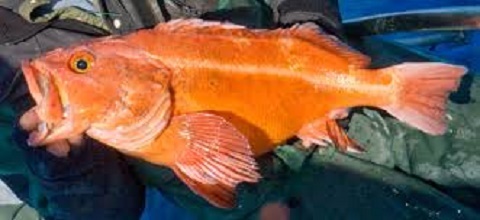Idaho Fish Report
ODFW to Limit Commercial Anchovy Fishing
by OR Department of Fish & Wildlife Staff
9-28-2016
Website
Oregon Department of Fish and Wildlife fishery managers will restrict commercial anchovy fishing in the Columbia River Oct. 3 due to uncertainty around the impacts the anchovy catch has on salmon and the local ecosystem.
According to Maggie Sommer, ODFW marine fisheries manager, about 5,200 metric tons of anchovy have been landed in Oregon so far this year, nearly all coming from the Columbia River. In the past, total annual harvest in Oregon has averaged around 67 metric tons. The overall allowable annual catch limit set by the Pacific Fishery Management Council is 9,750 metric tons for waters off Oregon and Washington.
“It’s the large increase in the amount of anchovy landings from the Columbia River area that has been the focus of discussion,” said Sommer.
The management action will move the bulk of the commercial anchovy fishery seaward of the Buoy 10 line. Small-scale bait fishing in the river will be allowed to continue, but boats must go to the ocean to seek larger volumes of anchovies if the demand continues.
“We’re taking action because we don’t have a good assessment of impacts on salmon and other fish species from unintended bycatch in the seine nets,” said Sommer. “Potential effects of catching and removing large numbers of anchovies from a small area on species dependent on anchovies as a food source are also something we need to consider.”
There has been an active commercial seine fishery for anchovies in the lower Columbia River for many years, with regular landings into Washington and intermittent landings into Oregon. In prior years, the catch has primarily been used as bait in recreational salmon and tuna fisheries, but in 2016 most of the anchovies landed into Oregon have been destined for human consumption. This year’s anchovy fishery in Oregon has filled in some of the gap left by the closure of sardine fishing on the west coast to protect and rebuild the sardine population.
“We have been closely monitoring the fishery through regular communication with fishers and processors, tracking landings, reviewing logbooks, and observing landings dockside,” said Sommer. “We have also been collaborating with Washington Department of Fish and Wildlife to observe fishing operations at sea.”
ODFW will begin working with interested parties to evaluate the fishery and determine how the 2017 fishing season can balance the economic benefits with conservation goals that include protecting ESA-listed salmon and maintaining an adequate forage base.

